
AeroGenie — Your Intelligent Copilot.
Trending
Categories
Adam Payne Joins AMETEK MRO to Lead European Expansion

Adam Payne Joins AMETEK MRO to Lead European Expansion
Strategic Appointment Amid Market Growth
AMETEK MRO has appointed Adam Payne as Business Development Director for Europe, entrusting him with the critical task of driving the company’s expansion across the continent. In this role, Payne will concentrate on enhancing AMETEK MRO’s facilities and repair capabilities, with a particular focus on securing additional Authorised Service Centre (ARC) agreements with original equipment manufacturers (OEMs). This strategic move aims to bolster the company’s footprint in a market characterized by intensifying competition and evolving customer demands.
Extensive Aerospace Experience
Bringing two decades of aerospace expertise spanning both commercial and military sectors, Payne’s background is marked by significant roles in OEM and MRO operations. Prior to joining AMETEK MRO, he served as Senior Sales Manager at Ontic, where he managed ARC contracts with third-party repair shops and developed the sales pipeline. His earlier tenure at GE Aerospace, lasting 14 years, included a pivotal role in securing a performance-based logistics MRO contract with Lockheed Martin to support the F35 Fighter Jet program. This blend of experience positions Payne well to navigate the complexities of the European aerospace market.
Navigating Industry Challenges and Opportunities
Payne’s appointment coincides with a critical period for AMETEK MRO as it seeks to strengthen partnerships across its European sites and support prominent brands such as AEM, ANTAVIA, MUIRHEAD AVIONICS, and AVTECH. The aerospace industry’s ongoing supply chain challenges have increased demand for dependable MRO services, underscoring the importance of reliable repair and maintenance solutions. Payne highlighted AMETEK MRO’s strong reputation, corporate culture, and ambitious growth plans as key factors in his decision to join. He aims to establish the company as a “one-stop shop” for MRO needs and a preferred partner for OEMs in both military and commercial sectors.
Payne emphasized the rising demand for MRO services amid scarce spare parts availability, noting that customers require swift turnaround times to avoid prolonged asset downtime. He advocated for long-term repair agreements as a means to provide customers with greater certainty, leveraging AMETEK MRO’s diverse capabilities as a foundation for building enduring partnerships. Drawing on his extensive industry experience, Payne also stressed the critical role of honesty and trust in fostering successful collaborations within aerospace and defence.
Market Outlook and Competitive Landscape
The European aircraft wheel and brake MRO market is projected to grow from US$3.75 billion in 2025 to US$5.35 billion by 2032, reflecting a robust and expanding sector. This growth is expected to intensify competition, with established players such as AFI KLM E&M and Lufthansa Technik likely to respond by enhancing their market presence, improving service offerings, or adopting technological innovations to maintain or increase their market share.
As AMETEK MRO advances its European expansion, Payne will face the challenge of integrating with existing operations and adapting to the diverse dynamics of regional markets. Nevertheless, his expertise and industry insight are anticipated to support the company’s continued growth and reinforce its position within an increasingly competitive environment.
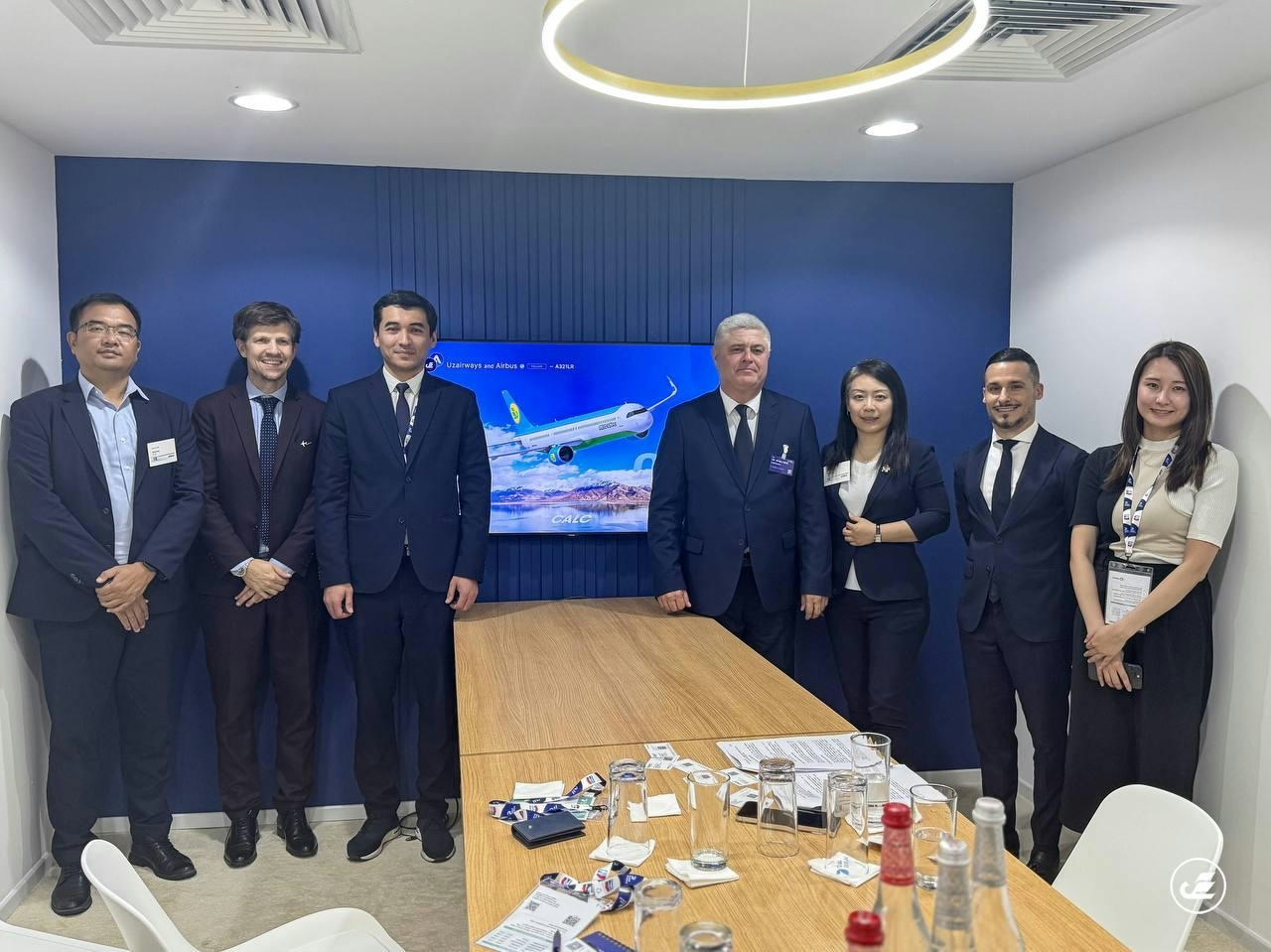
Uzbekistan Airways to Lease Six Additional A321neo Aircraft

What to Know Before Flying on the Airbus A350 XWB
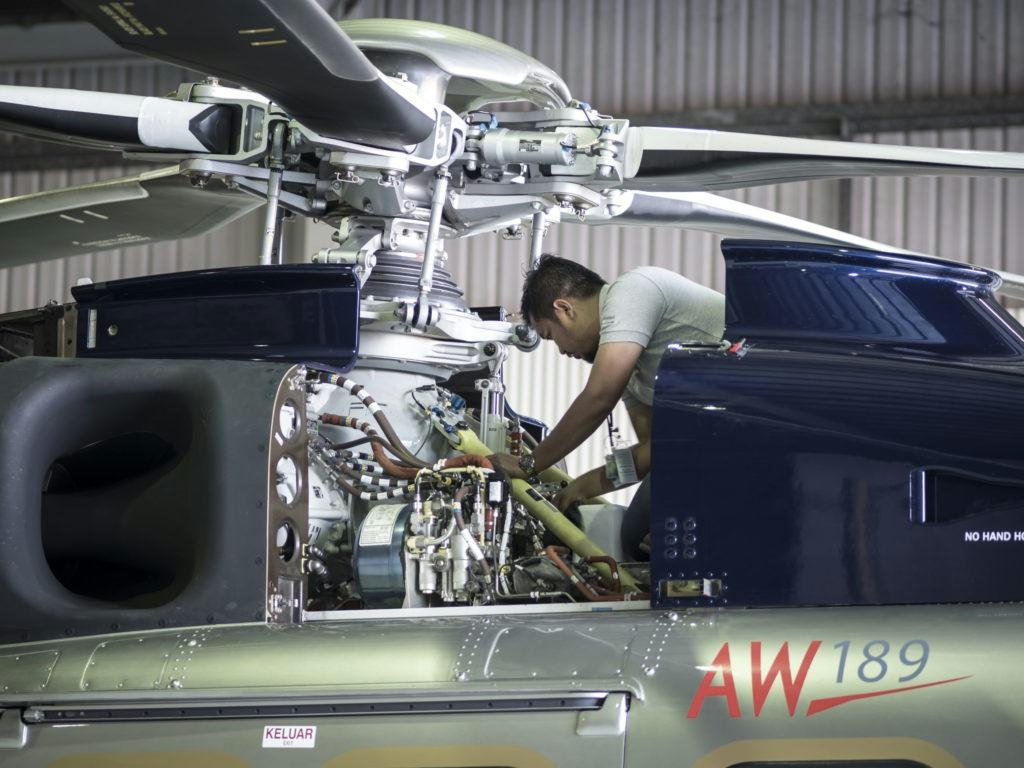
Elevate Aviation Group Expands Maintenance Services

AICM Slot Allocations Move to US Airlines, Report Says
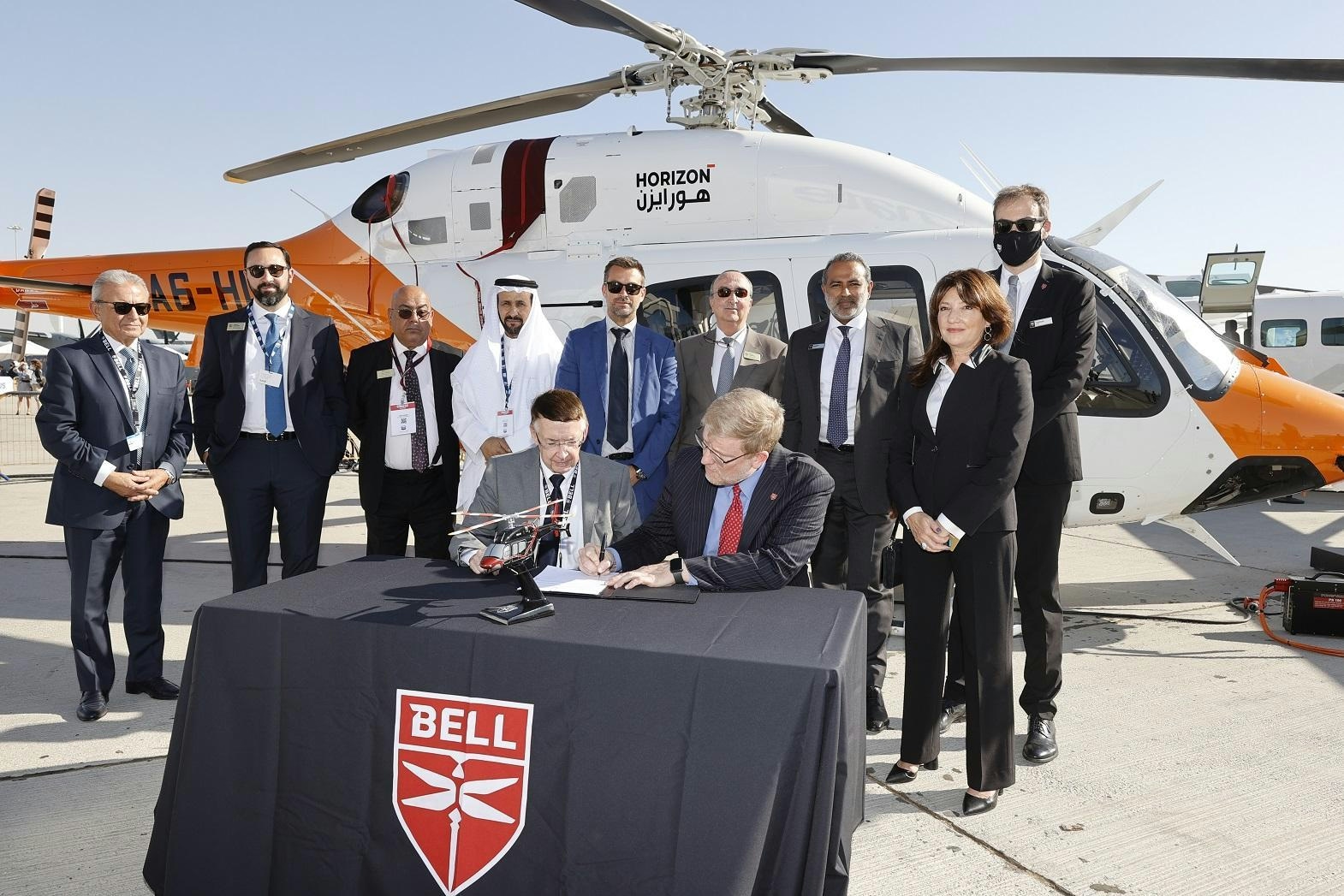
Abu Dhabi Aviation and Honeywell Enhance Helicopter Maintenance Services in UAE
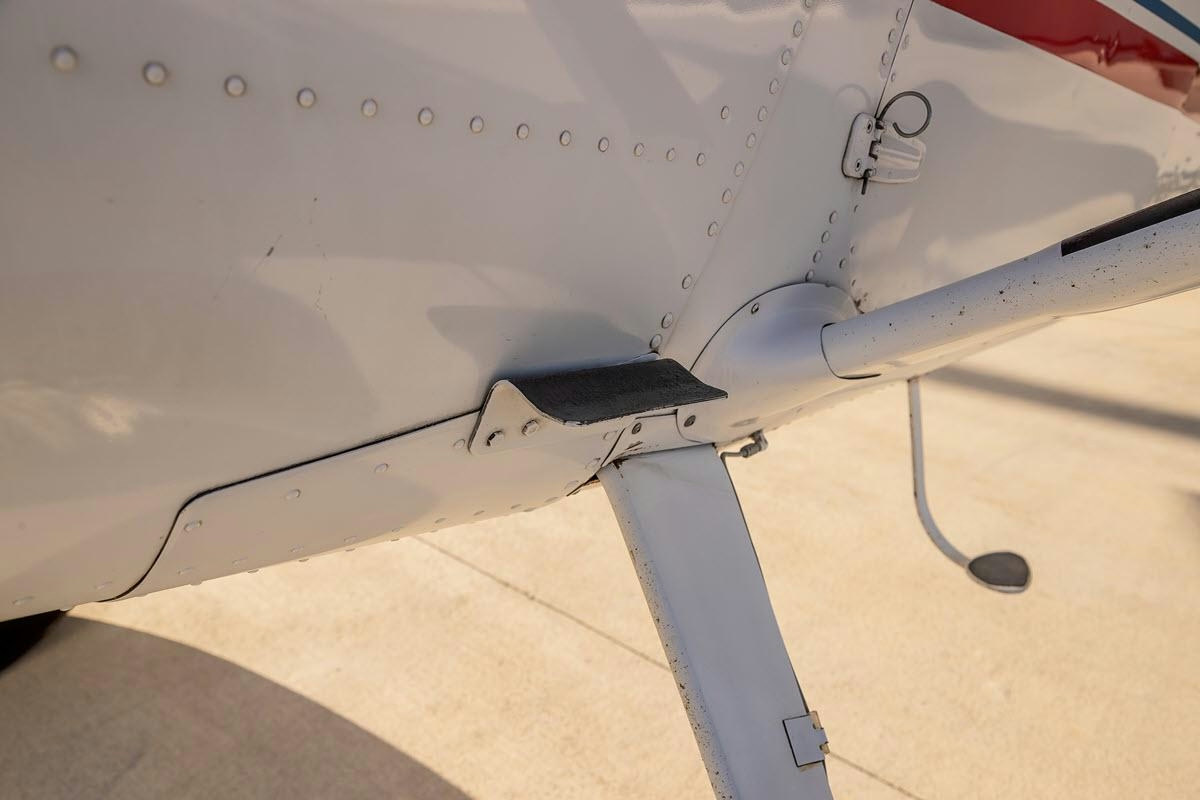
McFarlane Aviation Acquires P. Ponk STCs for Legacy Cessna Aircraft

NTSB Releases Preliminary Report on UPS Plane Crash Involving Engine Separation
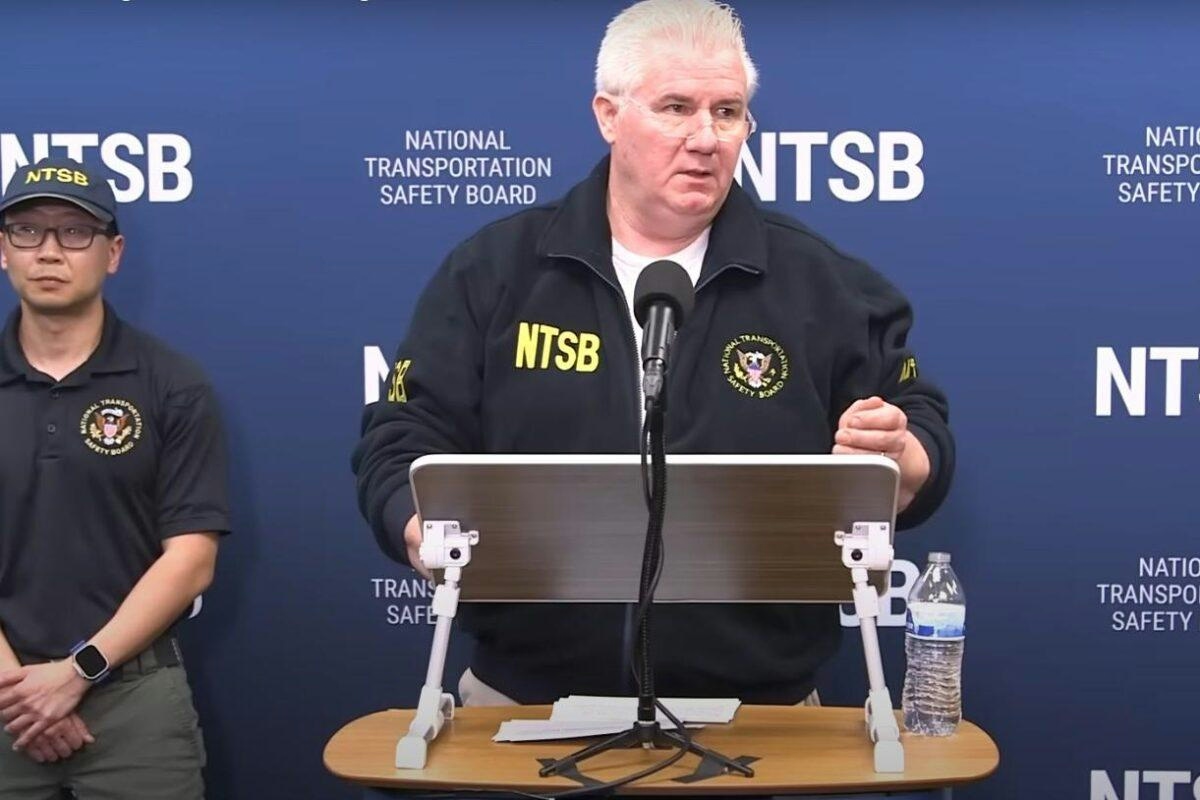
NTSB Investigates Pylon Fatigue Cracks in UPS Flight 2976 Engine Separation

EDGE Strengthens UAE Aerospace Sector Through Partnership with Etihad Engineering
